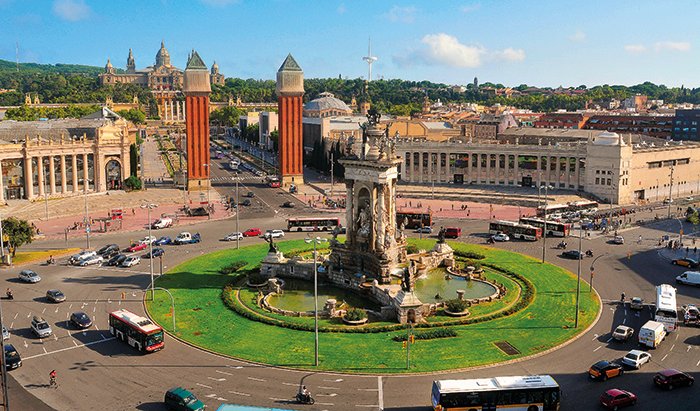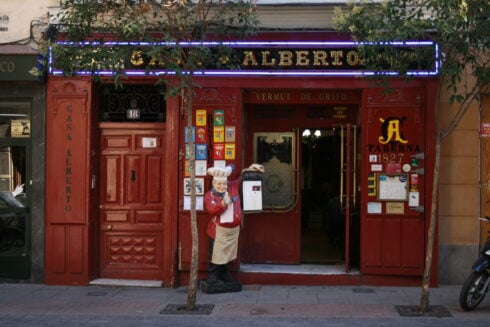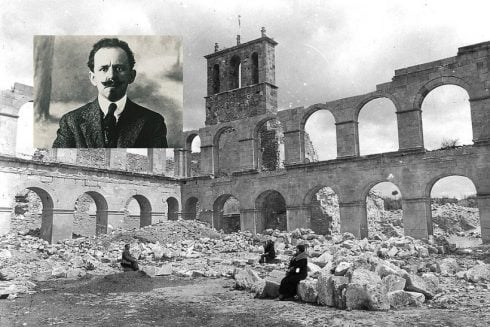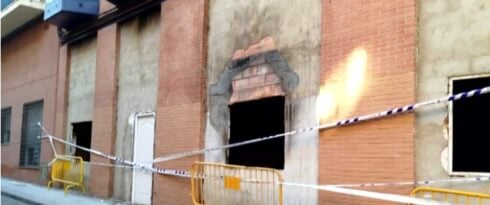SPAIN’S DGT have issued a new plea to drivers in Spain to learn how to navigate around roundabouts safely after it emerged one in ten accidents that cause injuries occur on them.
Roundabouts have proliferated on a huge scale since the first one was built in 1976 and there are now an estimated 38,000 of them across Spain.
But in the words of the DGT – Spain’s National Traffic Agency – “Many drivers do still not know how to use them correctly”, in fact a recent survey revealed that 60% of drivers in Spain did not indicate correctly when on a roundabout.
Between 2015 and 2019, 45,000 accidents that caused injuries were registered at roundabouts with 317 deaths and more than 58,000 injuries of various degrees, according to a report by European Motorists Association.
The DGT wrote in a recent statement: “It is therefore urgent to explain, once again, how to navigate a roundabout safely.
“Roundabouts are a type of intersection that is differ from the rest, where the general rule of right-hand right-of-way does not apply, since the priority is for those already inside it (as long as a signal – a traffic light, for example – does not say otherwise).”
The DGT identifies three key stages to navigating a roundabout: the entrance, going around it, and the exit.
“The approach and access to the roundabout are critical moments, in which more than half of the accidents (54%) occur, according to a study by the insurer AXA.
“When approaching a roundabout, we should look to the left, be patient, and not rush. We will reduce speed, adapting it to the signs and traffic on the road we are traveling on. And we will never enter the roundabout without being sure that we can do so safely.”
“And, at all times, keep in mind the main rule in roundabouts: priority is given to the vehicles that circulate inside. Therefore, when accessing a roundabout, always give them the right of way, even stopping your vehicle if necessary.
Entering a roundabout
These are the rules, as determined in the latest DGT notice.
“When entering a roundabout, you have to anticipate, observe and respect the signs. And above all, enter at an adequate speed”, they explain.
“Access to the roundabout can be difficult when visibility is obscured, such as by other bulky vehicles. Slow down as necessary and stop before entering if you don’t have a clear view.
“When entering a roundabout it is also essential to position yourself correctly: in a roundabout, it is mandatory to access from the right lane whenever it is free and possible.”
Going round a roundabout
The next important stage to consider is when you are on the roundabout.
“Once inside the roundabout, drivers must circulate in the outer lane whenever it is free, and use the others to overtake,” states the DGT.
“In roundabouts located within urban areas, drivers should circulate using the lane that best suits the destination. If leaving roundabout by the first exit, the most advisable option will be to use the outer lane.”
“But beware: if we are going to take the last exits or change direction, the outside lane may not be the best option in busy roundabouts,” say the guidelines.
“In these cases, it is best to use the inside lanes -if there are any-, look for the outside progressively before reaching the exit, signaling each lane change and respecting the right of way of other vehicles.
Exit from the right
The guidelines continue with advice for leaving a roundabout.
“If traffic makes it impossible to change to the outside lane in time, it is safest to take another turn around the roundabout to get yourself in the proper position. Therefore, when approaching your exit, you should be located in the outer lane and signal the exit so that other drivers know that your intent to leave the roundabout.
Penalties
It’s important to remember that navigating a roundabout incorrectly can land a driver with a €200 fine.
Warning
Don’t always rely on the sign posts. This sign at a roundabout in Palencia (pictured in the tweet above) is giving the exact opposite instructions on which way to drive around a roundabout. In Spain of course, vehicles circulate the roundabout in an anti-clockwise manner.
READ MORE:
- Absurd ordeal: The truth about taking a driving test in Spain
- The most dangerous roundabout is revealed in Costa Blanca area of Spain
- What you need to know about the new driving fines set to come into force across Spain
Click here to read more Spain News from The Olive Press.








